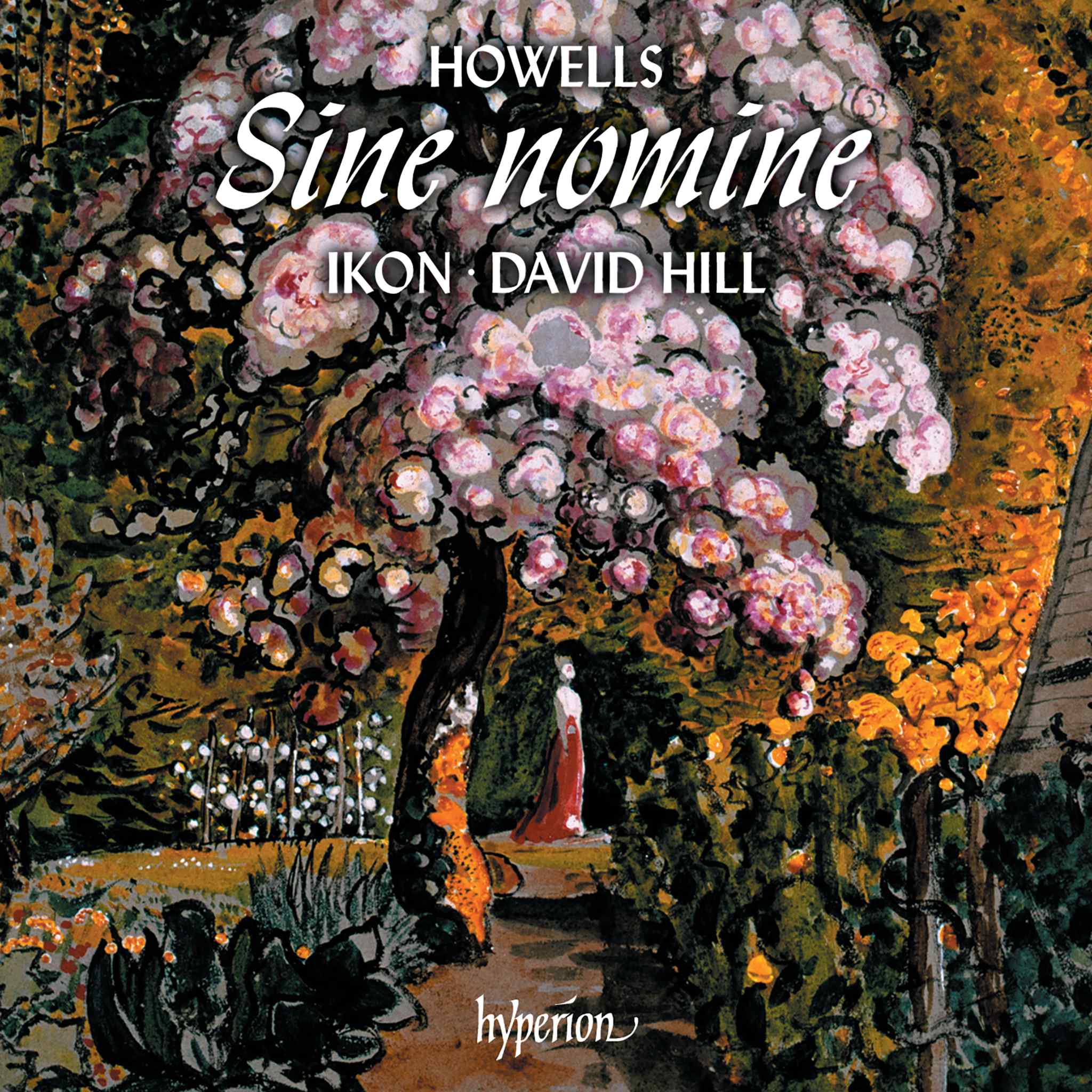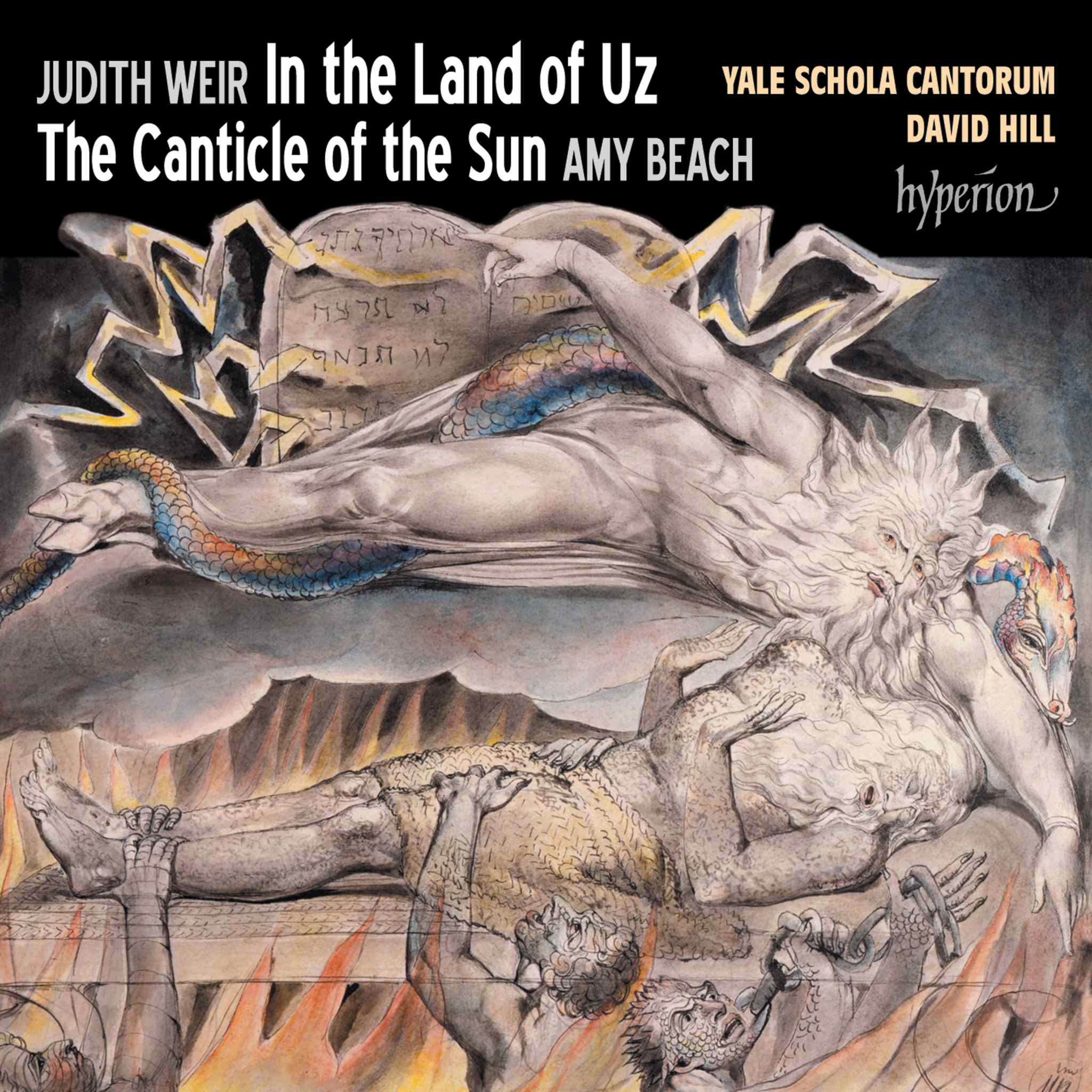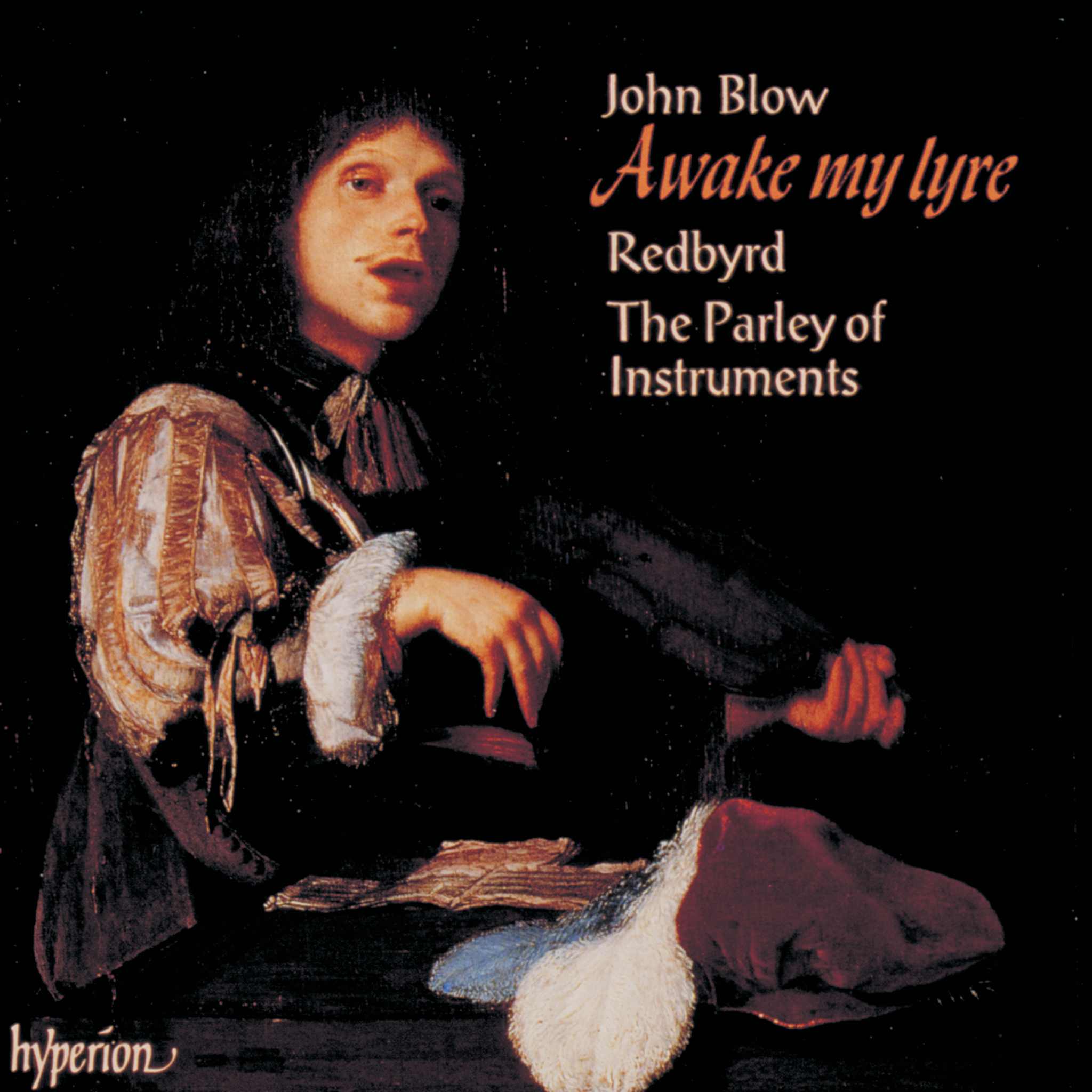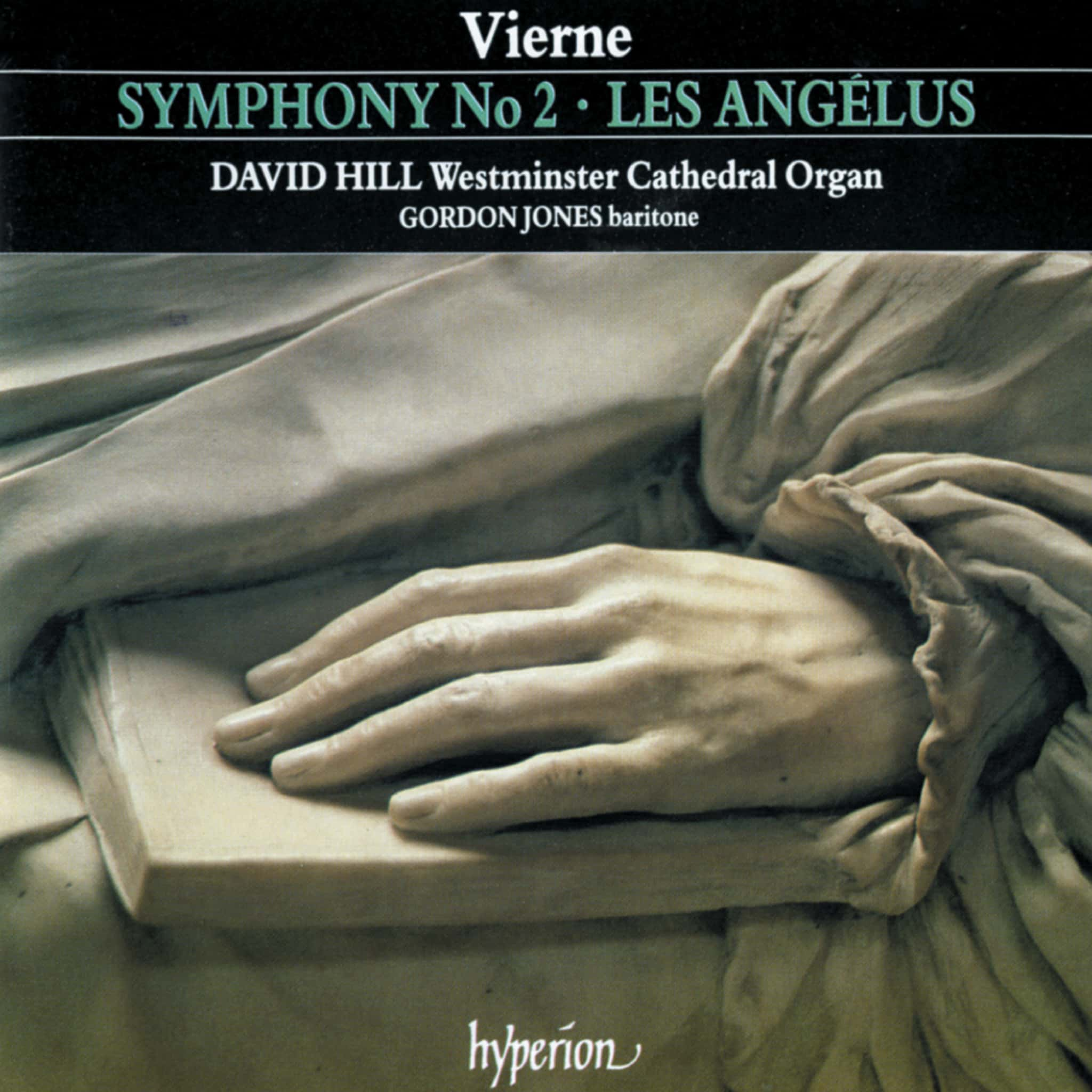Album insights
The Books of Common Prayer of 1549 and 1552, published for the reformed Church of Edward VI, were authored by Thomas Cranmer, Archbishop of Canterbury from 1533 to 1556. They marked a significant restructuring and standardization of English liturgies, impacting not only the recitation of the Daily Office and the celebration of communion but also baptismal, wedding, and funeral services. These changes signaled the onset of a new, more Protestant phase of the Reformation in England.
The pre-Reformation Daily Office, with its multiple services like Matins, Lauds, Prim, Terce, Sext, None, Vespers, and Compline, was condensed into just two services—Matins and Evensong. Even with this restructuring, readings and recitations continued, using a new Lectionary. Cranmer aimed for the Psalms to be completed within a month and the entire Bible within a year, expanding the length of the Bible texts and incorporating two readings alongside Canticles like Te Deum laudamus and Benedictus in the morning, and Magnificat and Nunc dimittis in the evening. The Reformation sought to eliminate any elements of the liturgy deemed unnecessary or irrelevant, such as Antiphons and Responsories.
Morning and Evening services adopted similar formats, with Psalms transitioning smoothly from Responsories to the first Bible reading, followed by Canticles, the second reading, Creed, additional Responsories, and concluding with prayers or intercessions. The 1549 book addressed choral music with clerks, but in 1552, references to music were scarce, possibly reflecting Cranmer's leanings towards radical reform. Byrd, a devoted Catholic, composed for various genres, including Anthems and Canticles, flourishing in the musical scene of Elizabethan England.
The reign of Edward VI's reforms was disrupted by Mary Tudor's stringent Catholic rule, which was later overturned by Elizabeth I. William Byrd's compositions exemplify the evolution of English church music, with contrasting elements blending together to maintain textual drama. His innovative approach and artistic flourishes in works like "Christ rising again from the dead" showcased his mastery and creativity, positioning him as a significant figure in English music history.









